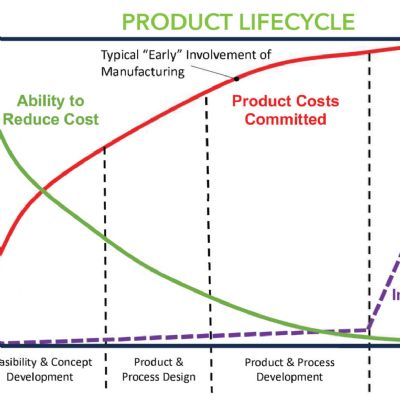 Irv Blackman
Irv BlackmanOwn Annuities? You May be Getting Ripped Off
February 1, 2014Comments
There are two types of annuities: immediate (IA) or deferred (DA). If Joe (age 56) purchases an IA for $500,000 from ABC Insurance Co, the IA will pay Joe $30,000/yr. starting immediately and payable every year for as long as he lives. The IRS uses a table to determine how much is tax-free and how much is taxed as ordinary income. If Joe lives long enough, the tax-free portion of all his annual annuity payments will total the $500,000. Guess what? Every penny of the future $30,000 payments are fully taxable as ordinary income.
If Joe buys a $500,000 DA, he usually can annuitize his DA anytime he elects to do so. The longer Joe waits, the larger the annual annuity. Once started, the annuity payments are subject to the same rules as an IA. Worse yet, when Joe dies the value of the annuity is double-taxed. Here’s how: Say Joe’s $500,000 DA is worth $580,000 when he dies. The $80,000 gets socked for income tax and the full $580,000 is subject to the estate tax.
Why do people buy DAs instead of IAs? Because they like the idea of the earnings not being subject to current income tax. So, the years go by and 90 percent of the time the DA is not annuitized. Of course, ultimately Joe dies. When Joe bought the DA, he inadvertently bought a life-insurance policy—his DA beneficiary will receive its value as a death benefit. Obviously, this is a wrong and very expensive to buy life insurance.
So, how can an annuity (IA or DA) be good for Joe or his heirs? I have yet to have a client, who was subject to the estate tax, who was happy with his annuity investment. If you own a DA that has not been annuitized, is there a out of the tax trap? In most cases, the answer is yes—we have a proprietary strategy, but you must be insurable.
For example, a couple (he is 63, she 64) used its annual annuity payments from a $1 million (at cost) annuity to pay the premiums on a $3.75 million second-to-die life insurance policy that will ultimately go to their kids, tax-free. This strategy turns the tables on the IRS without any additional out-of-pocket cost. The strategy works for an insurable single person or just one spouse where the other spouse is not insurable.
I twisted my insurance guru’s arm, and he has agreed to review the annuity situation for readers of this column. However, you must own $250,000 or more in annuities that have not been annuitized. And, if single, you must be insurable, or if married at least one spouse (or both) must be insurable. If interested, send the following info: full name and birthday for those to be insured; address and all phone numbers; list of your annuities (only those not annuitized, just name of insurance company, original cost and current value) to Irv Blackman, Annuity Strategies, 4545 W. Touhy Ave., #602, Lincolnwood, IL 60712.
Successful Businesses Need Key People: How to Get ’Em, and How to Keep ’Em
The heart of every successful business, particularly if it’s growing is leadership. Usually, the clear leader is the owner/entrepreneur—such as Joe, founder of Success Co.
Over the years, Joe built a management team. Typically, each member of the team is responsible for some significant aspect of Success Co. Often, one member of the team already has been assigned by Joe to take over the day-to-day operating problems/decisions of the business.
Then it happens: Sam, a key member of the management team, gives notice. He’s leaving to join a competitor. Ouch! Sam was not looking to leave; he was recruited by a head hunter. And, of course, he knows all of Success Co.’s secrets and strategies.
Sorry, you can’t stop the head hunters from hunting. But I can offer a proven strategy to help manufacturers keep their key managers from jumping ship. The secret: Mimic ownership—Give them the same challenges as an owner and, when successful, the rewards of ownership. Over the years, experience has taught us that the top non-owner executives want four core benefits of ownership:
• A piece of the action (a share of company profits);
• To get paid when they are sick or become disabled;
• To receive adequate retirement pay when the time comes; and
• Death benefits for their family
Over the years we have created hundreds of contracts—nonqualified deferred-compensation agreements—that attract and keep the kind of key people you want in your organization. Let’s take a closer look at each of the four desired benefits.







 Podcast
Podcast
 Webinar
Webinar